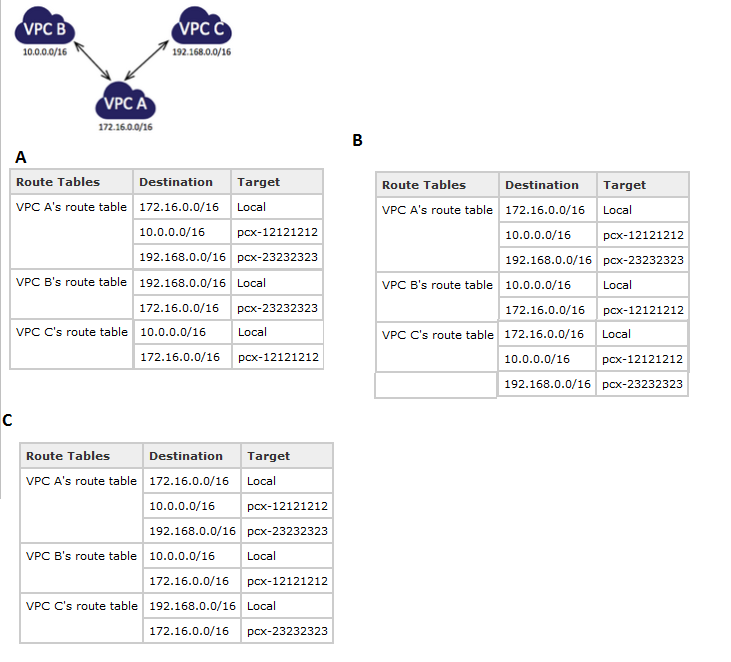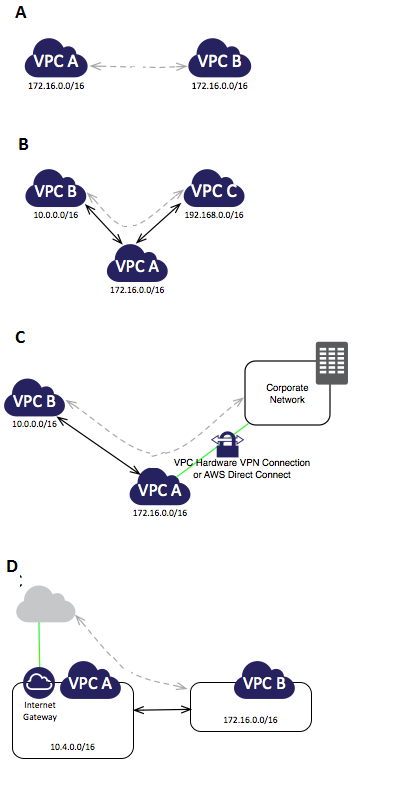Dell EMC Data Science Associate Certification Questions and Answers (Dumps and Practice Questions)
Question : Your colleague, who is new to Hadoop, approaches you with a question. They want to know how
best to access their data. This colleague has previously worked extensively with SQL and
databases.
Which query interface would you recommend?

1. Flume
2. Pig
3. Hive
4. HBase
Correct Answer : 3
Explanation: People often ask why do Pig and Hive exist when they seem to do much of the same thing. Hive because of its SQL like query language is often used as the interface to an Apache Hadoop based data warehouse. Hive is considered friendlier and more familiar to users who are used to using SQL for querying data. Pig fits in through its data flow strengths where it takes on the tasks of bringing data into Apache Hadoop and working with it to get it into the form for querying. Their creation, called Hive, allows SQL developers to write Hive Query Language (HQL) statements that are similar to standard SQL statements; now you should be aware that HQL is limited in the commands it understands, but it is still pretty useful. HQL statements are broken down by the Hive service into MapReduce jobs and executed acros a Hadoop cluster.
For anyone with a SQL or relational database background, this section will look very familiar to you. As with any database management system (DBMS), you can run your Hive queries in many ways. You can run them from a command line interface (known as the Hive shell), from a Java Database Connectivity (JDBC) or Open Database Connectivity (ODBC) application leveraging the Hive JDBC/ODBC drivers, or from what is called a Hive Thrift Client. The Hive Thrift Client is much like any database client that gets installed on a user's client machine (or in a middle tier of a three-tier architecture): it communicates with the Hive services running on the server. You can use the Hive Thrift Client within applications written in C++, Java, PHP, Python, or Ruby (much like you can use these client-side languages with embedded SQL to access a database such as DB2 or Informix).
Hive looks very much like traditional database code with SQL access. However, because Hive is based on Hadoop and MapReduce operations, there are several key differences. The first is that Hadoop is intended for long sequential scans, and because Hive is based on Hadoop, you can expect queries to have a very high latency (many minutes). This means that Hive would not be appropriate for applications that need very fast response times, as you would expect with a database such as DB2. Finally, Hive is read-based and therefore not appropriate for transaction processing that typically involves a high percentage of write operations.
Question : In linear regression, what indicates that an estimated coefficient is significantly different than zero?

1. R-squared near 1
2. R-squared near 0
3. The estimated coefficient is greater than 3
4. A small p-value
Correct Answer : 4
Explanation: The p-value for each term tests the null hypothesis that the coefficient is equal to zero (no effect). A low p-value (< 0.05) indicates that you can reject the null hypothesis. In other words, a predictor that has a low p-value is likely to be a meaningful addition to your model because changes in the predictor's value are related to changes in the response variable. Conversely, a larger (insignificant) p-value suggests that changes in the predictor are not associated with changes in the response. Significance of the estimated coefficients: Are the t-statistics greater than 2 in magnitude, corresponding to p-values less than 0.05 If they are not, you should probably try to refit the model with the least significant variable excluded, which is the "backward stepwise" approach to model refinement.
Remember that the t-statistic is just the estimated coefficient divided by its own standard error. Thus, it measures "how many standard deviations from zero" the estimated coefficient is, and it is used to test the hypothesis that the true value of the coefficient is non-zero, in order to confirm that the independent variable really belongs in the model.
The p-value is the probability of observing a t-statistic that large or larger in magnitude given the null hypothesis that the true coefficient value is zero. If the p-value is greater than 0.05-which occurs roughly when the t-statistic is less than 2 in absolute value-this means that the coefficient may be only "accidentally" significant.
There's nothing magical about the 0.05 criterion, but in practice it usually turns out that a variable whose estimated coefficient has a p-value of greater than 0.05 can be dropped from the model without affecting the error measures very much-try it and see
Question : Which graphical representation shows the distribution and multiple summary statistics of a
continuous variable for each value of a corresponding discrete variable?

1. box and whisker plot
2. dotplot
3. scatterplot
4. binplot
Correct Answer : 1
Explanation: Statistics assumes that your data points (the numbers in your list) are clustered around some central value. The "box" in the box-and-whisker plot contains, and thereby highlights, the middle half of these data points.
To create a box-and-whisker plot, you start by ordering your data (putting the values in numerical order), if they aren't ordered already. Then you find the median of your data. The median divides the data into two halves. To divide the data into quarters, you then find the medians of these two halves. Note: If you have an even number of values, so the first median was the average of the two middle values, then you include the middle values in your sub-median computations. If you have an odd number of values, so the first median was an actual data point, then you do not include that value in your sub-median computations. That is, to find the sub-medians, you're only looking at the values that haven't yet been used.
You have three points: the first middle point (the median), and the middle points of the two halves (what I call the "sub-medians"). These three points divide the entire data set into quarters, called "quartiles". The top point of each quartile has a name, being a "Q" followed by the number of the quarter. So the top point of the first quarter of the data points is "Q1", and so forth. Note that Q1 is also the middle number for the first half of the list, Q2 is also the middle number for the whole list, Q3 is the middle number for the second half of the list, and Q4 is the largest value in the list.
Related Questions
Question : Since R factors are categorical variables, they are most closely related to which data classification level?

1. interval
2. ordinal
3. nominal
4. ratio
Question : In which phase of the analytic lifecycle would you expect to spend most of the project time?

1. Discovery
2. Data preparation
3. Communicate Results
4. Operationalize
Question : You are building a logistic regression model to predict whether a tax filer will be audited within the
next two years. Your training set population is 1000 filers. The audit rate in your training data is
4.2%. What is the sum of the probabilities that the model assigns to all the filers in your training set
that have been audited?

1. 42.0
2. 4.2
3. 0.42
4. 0.042
Question : Refer to exhibit
You are asked to write a report on how specific variables impact your client's sales using a data
set provided to you by the client. The data includes 15 variables that the client views as directly
related to sales, and you are restricted to these variables only.
After a preliminary analysis of the data, the following findings were made:
1. Multicollinearity is not an issue among the variables
2. Only three variables-A, B, and C-have significant correlation with sales
You build a linear regression model on the dependent variable of sales with the independent
variables of A, B, and C. The results of the regression are seen in the exhibit.
You cannot request additional datA. what is a way that you could try to increase the R2 of the
model without artificially inflating it?

1. Create clusters based on the data and use them as model inputs
2. Force all 15 variables into the model as independent variables
3. Create interaction variables based only on variables A, B, and C
4. Break variables A, B, and C into their own univariate models
Question : You have two tables of customers in your database. Customers in cust_table_ were sent an email
promotion last year, and customers in cust_table_2 received a newsletter last year.
Customers can only be entered in once per table. You want to create a table that includes all
customers, and any of the communications they received last year. Which type of join would you
use for this table?

1. Full outer join
2. Inner join
3. Left outer join
4. Cross join
Question : In which lifecycle stage are initial hypotheses formed?

1. Model planning
2. Discovery
3. Model building
4. Data preparation